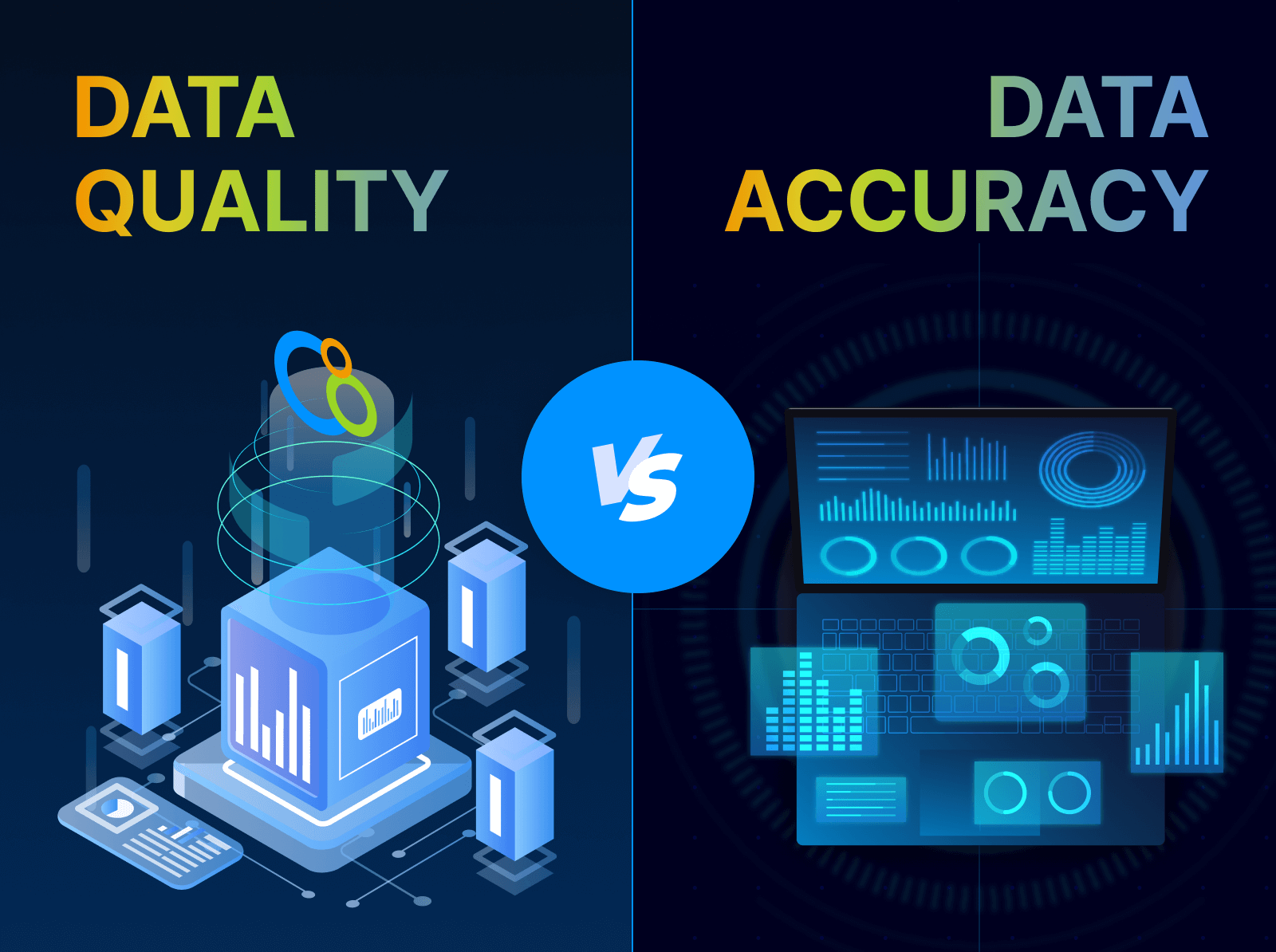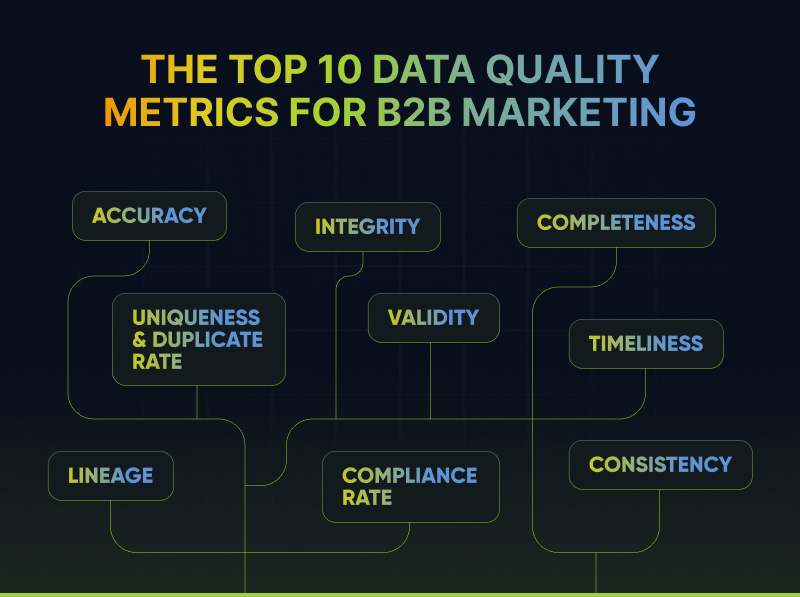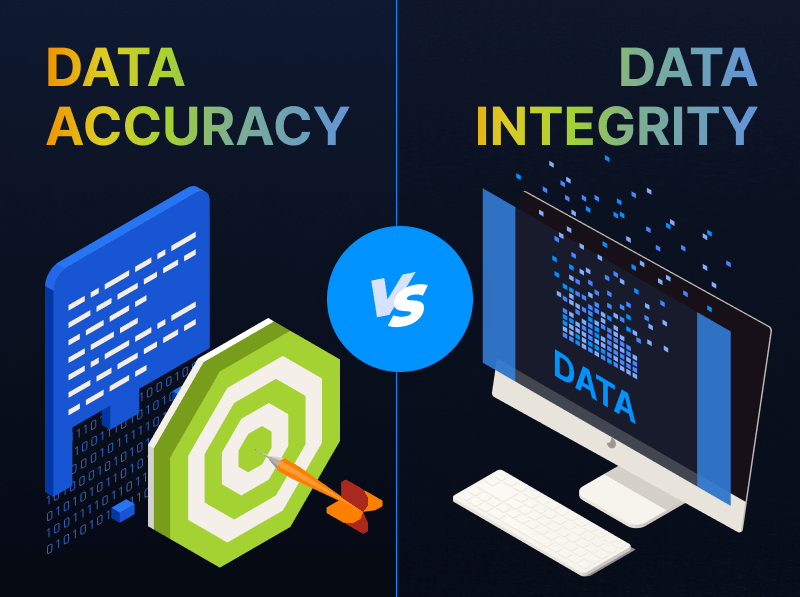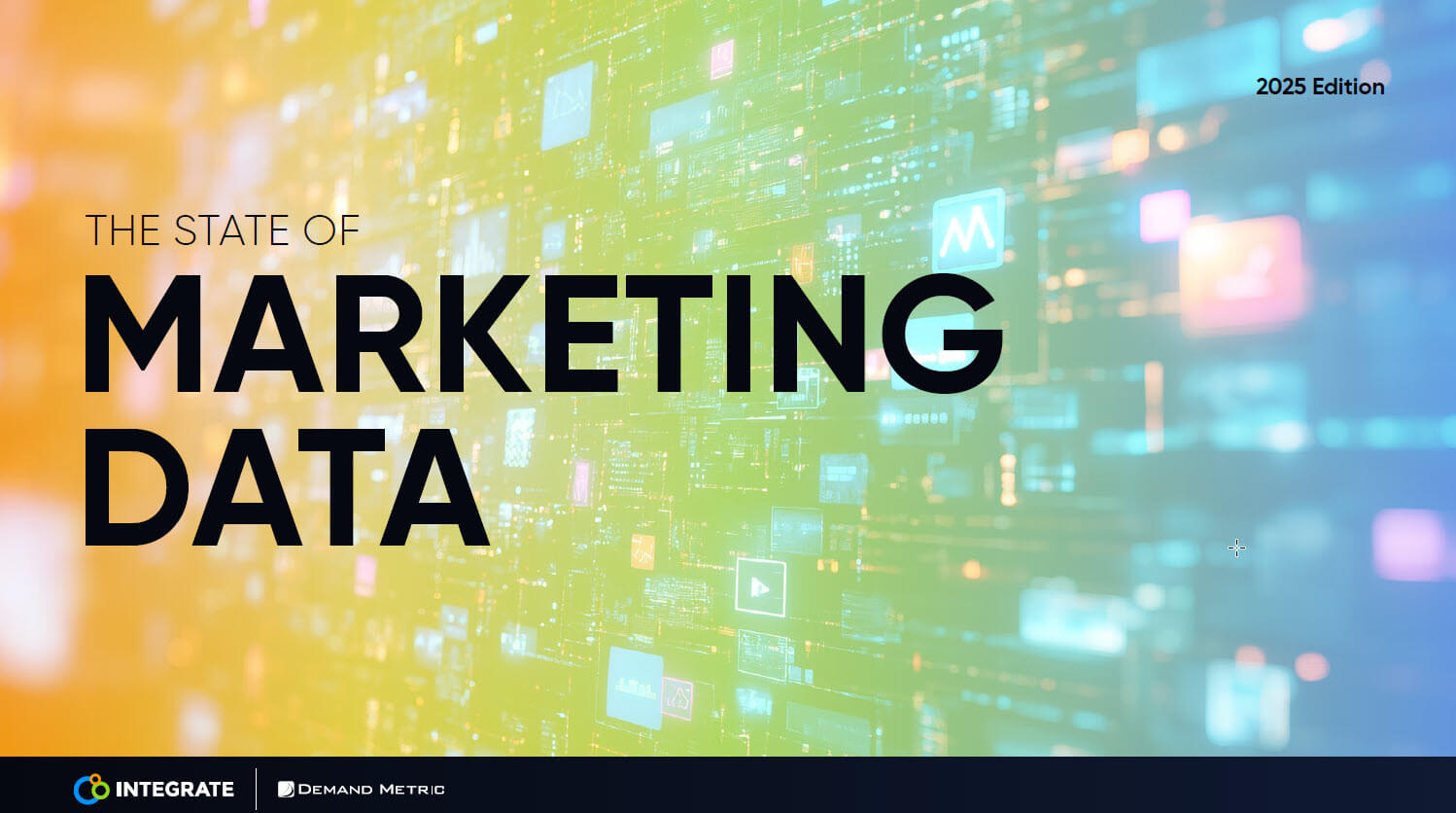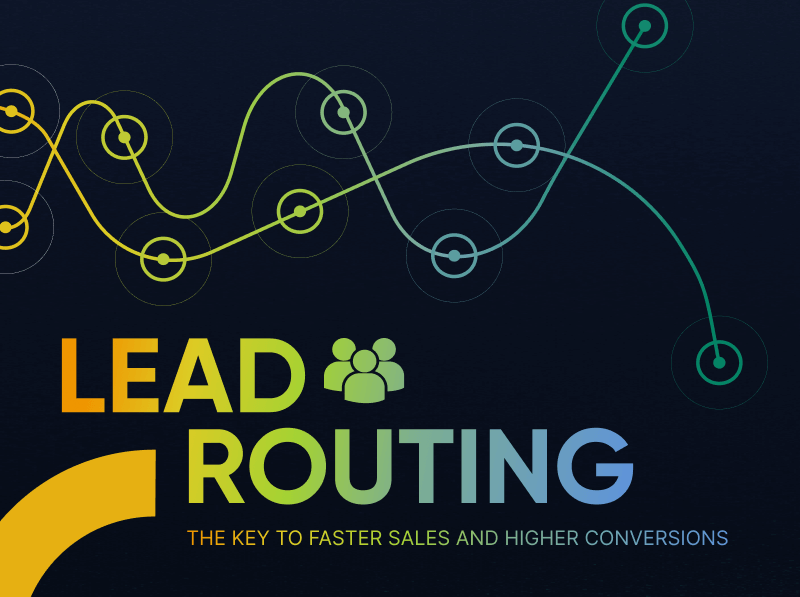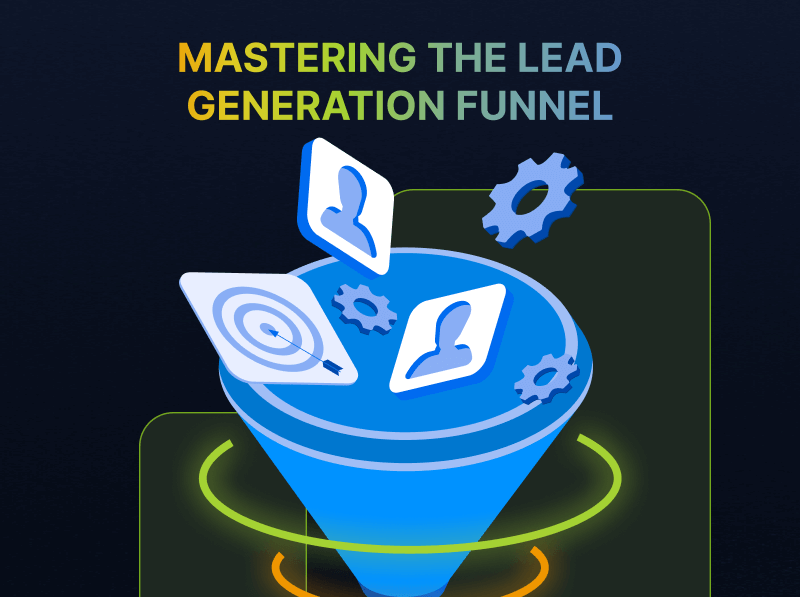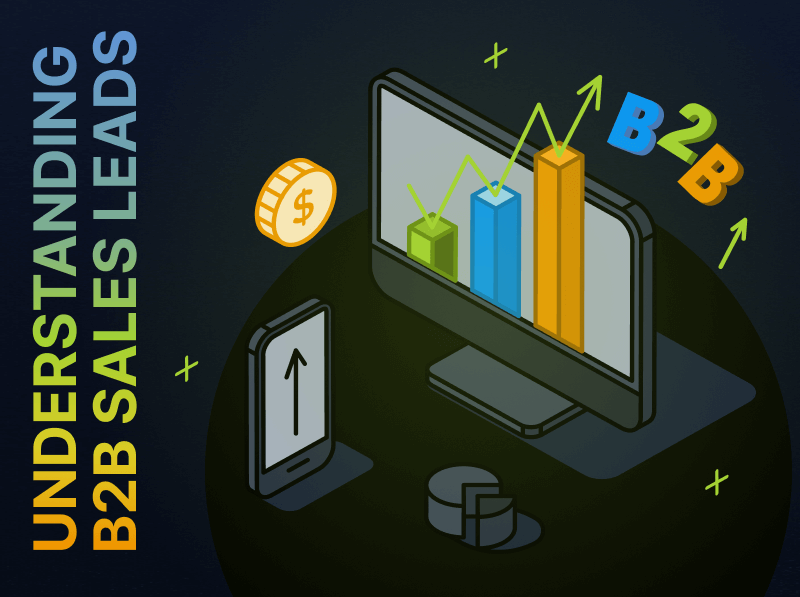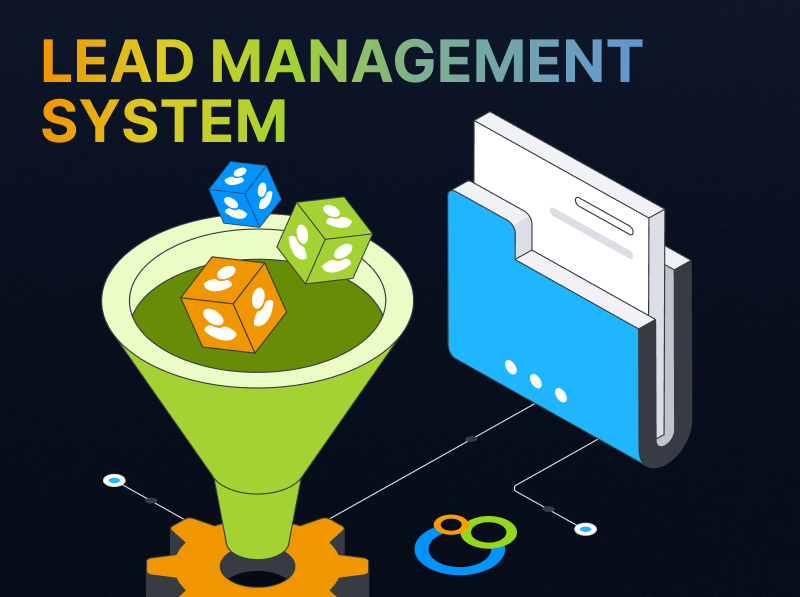A 90 Day Plan for Marketing Operations
How to Help Your Team Drive Precision Demand Marketing
Today’s B2B buyer’s journey is a slog. It’s inefficient, unconnected, and siloed, and that makes B2B marketing harder than it’s ever been before. What used to be 15-17 marketing touches across multiple different demand channels has turned into 22-25 touches; the number of people involved in the buying process has grown from 6-10 to 12-18; and a campaign-centric mindset doesn’t always pan out because only 15% of companies are in market at any given time.
What B2B marketing needs now is an always-on, precision mindset, which we call precision demand marketing. In short, it’s an intelligent, connected journey for your buyer.
So, how do you start? Below, I’ve outlined a 90-day marketing operations plan to build account and buyer journeys that are precise, use data, and take a multichannel approach. This plan enables marketing to be as efficient and effective as possible by aligning people, process, technology and data, so that marketing can generate demand and measure its impact on the business.
First 30 Days
Step 1: Ensure Marketable, Connected Data
The first step toward precision demand marketing is to get your data right. Marketable data is at the core of what you need to orchestrate campaigns across channels. Databases are constantly evolving, but you should aim to get your database to at least 85% marketability. This means identifying your key account and contact fields, eliminating duplicates and bad email addresses, ensuring data compliance and governance, and adding enrichment capabilities like intent. Get the right accounts, the right contacts, clearly defined personas, and clearly defined buying groups in place, so you can begin to put together programs around the right accounts and people. Skip this step, and you can skip success in anything else you plan to do.
Step 2: Connect Your Demand Channels
The second part of your first 30 days should be spent connecting your demand channels. This will be your biggest challenge. Different teams often use different datasets and different technology, resulting in siloed channels. Search for and destroy silos across team, data, technology, and channels. Then, align on a common language between teams, including the goals you are collectively trying to accomplish. For example, partner with finance to ensure your demand goals are aligned with revenue. Align sales and marketing to ensure service level agreements have been determined between teams and that those teams understand who is responsible for proper follow-up and in what timeframe. Ultimately, everyone should be marching toward a unified end game.
60 Days
Step 3: Add Data Intelligence
Leading up to the 60-day mark, you should be looking at adding in intent data to your demand efforts so you can help your teams be smarter and identify all the accounts showing interest in your product or service. Traditionally, via a marketing automation system, marketers will use an arbitrary two-dimensional lead scoring that focuses on the individual and has been determined by marketing and sales. However, when accounts are showing intent, this is marketing’s time to shine. We call it fishing in an oxbow. Intent signals allow marketing to successfully engage an early and interested audience. Intent and engagement monitoring tools help us prioritize where marketing, SDRs and sales should be focusing our time.
Step 4: MarTech Integrations
Connect your tech. Now that you have your data right and you understand the key fields across the accounts and people, share that data across your systems. From CRM, to MA and CDP, your systems should all have access to the same data that you can now execute against. With this data, you can now build more targeted and connected experiences across your channels. Take for instance leveraging intent data topics across new and target accounts. Connecting intent and account data can allow you to target your accounts with display advertising and 3rd party programs that align to the topics that they are researching. Both channels drive back to smart digital experiences and nurture programs that adjust to where the person and account is in their journey.
90 Days
Step 5: Deliver Campaign Insights
The final step in your 90-day plan is to provide insight into influence and attribution in order to understand what is and isn’t working for your marketing organization. You’ve connected 3-4 channels and are starting to build orchestration across your demand channels, and as you move forward, your focus should shift to delivering insights. Are your emails aligning with our display ads and with your content syndication? Can you see how event leads have progressed? Do you understand which channels are performing and which are not? Dashboards often look at volume, but lack goal progression information, and thus, provide no way to understand the impact of the efforts. Ultimately, you’ll want to understand what channel is driving response to revenue. Drill into your hotspots and understand whether it is a data, content, or tech issue, and enable your team to fix it.
The Path Forward
At the core, this 90-day plan will help marketing operations team members move their teams towards precision demand marketing. Over the next few weeks, we’ll drill deeper into each step as part of our blog series on precision demand marketing. We’ll provide a more detailed look at each step, including key questions to ask, and make technology recommendations along the way. To learn more, check out our on-demand webinar on “Precision Demand Gen: Understanding the 5 Building Blocks of Intelligent Buyer and Account Journeys.”


